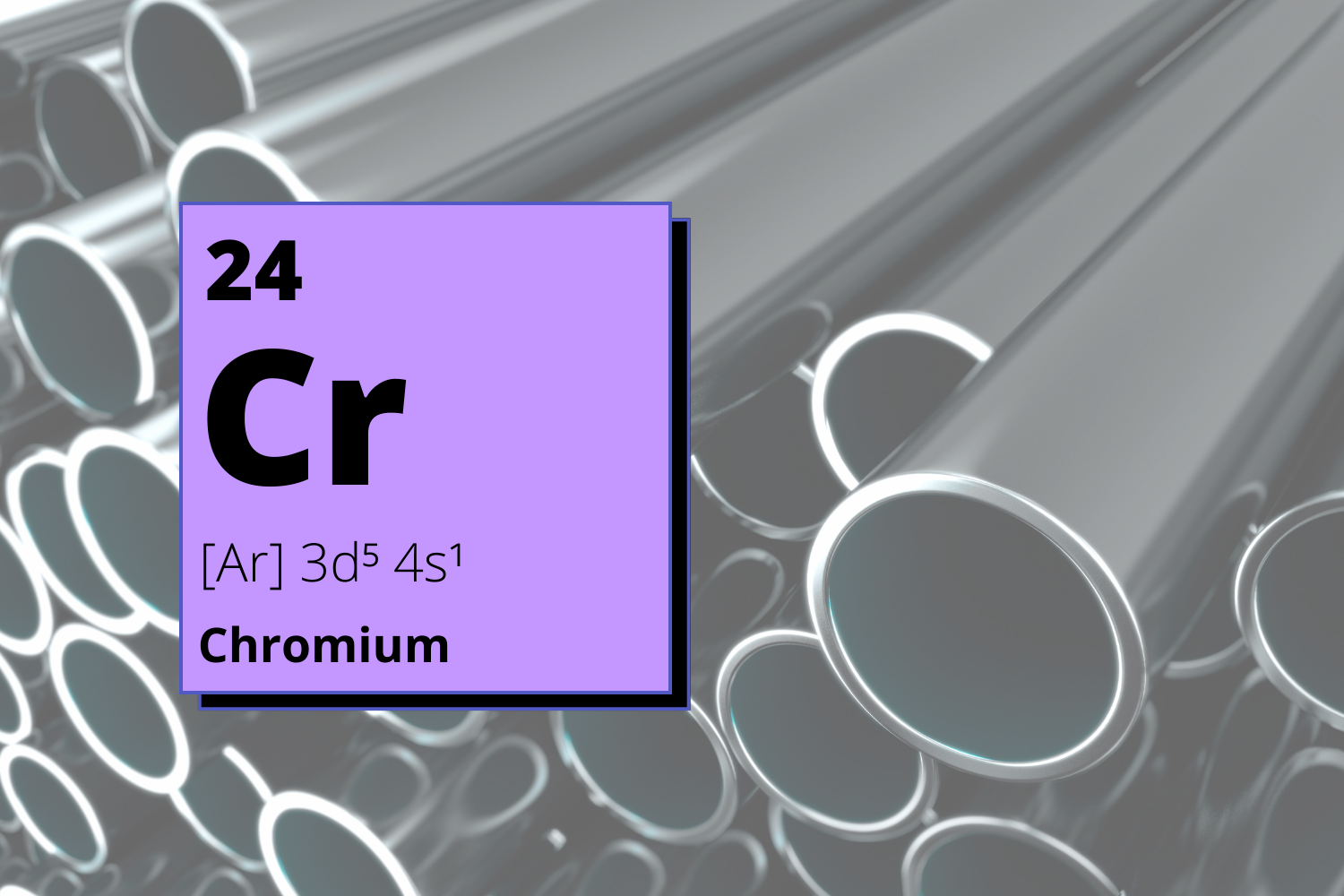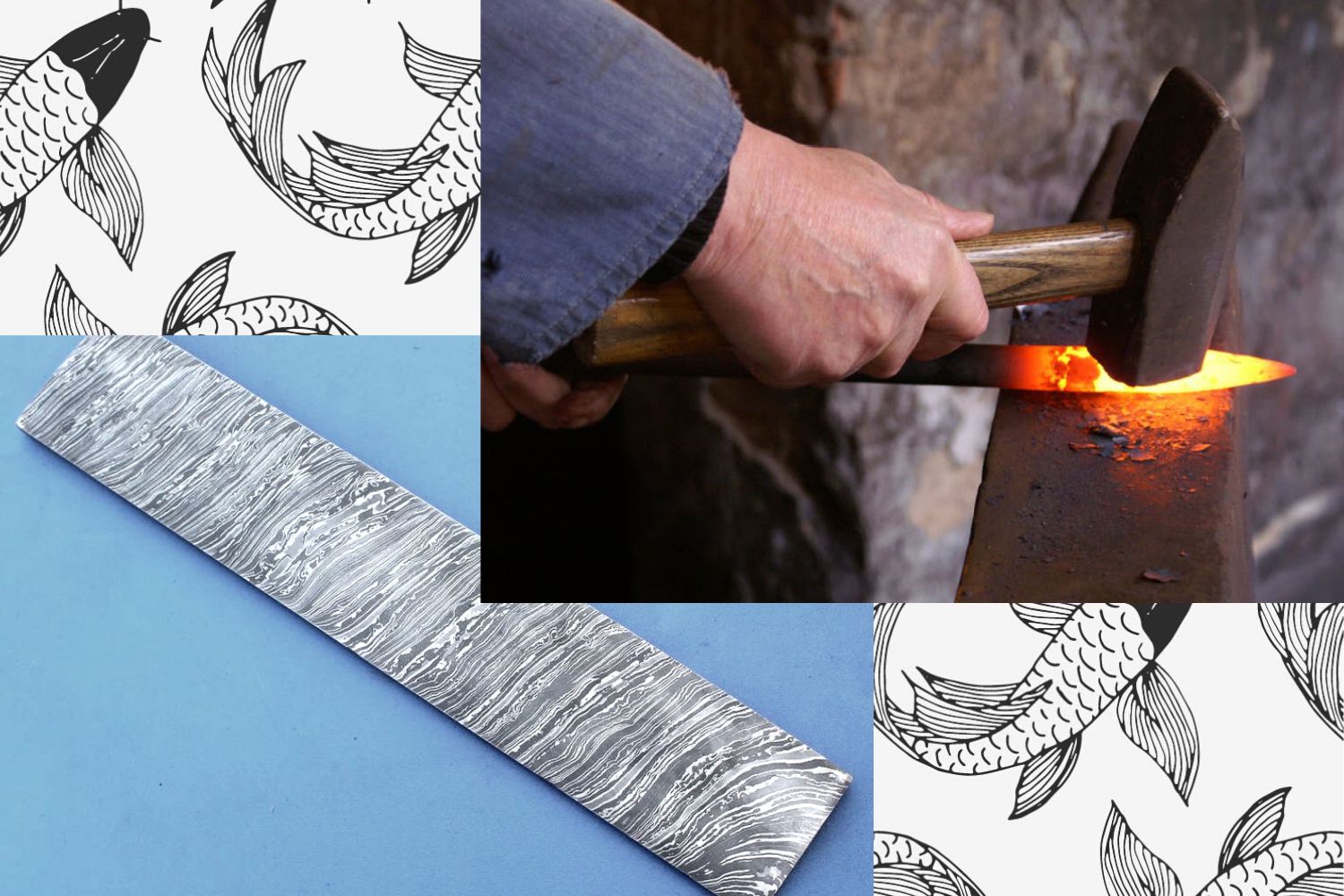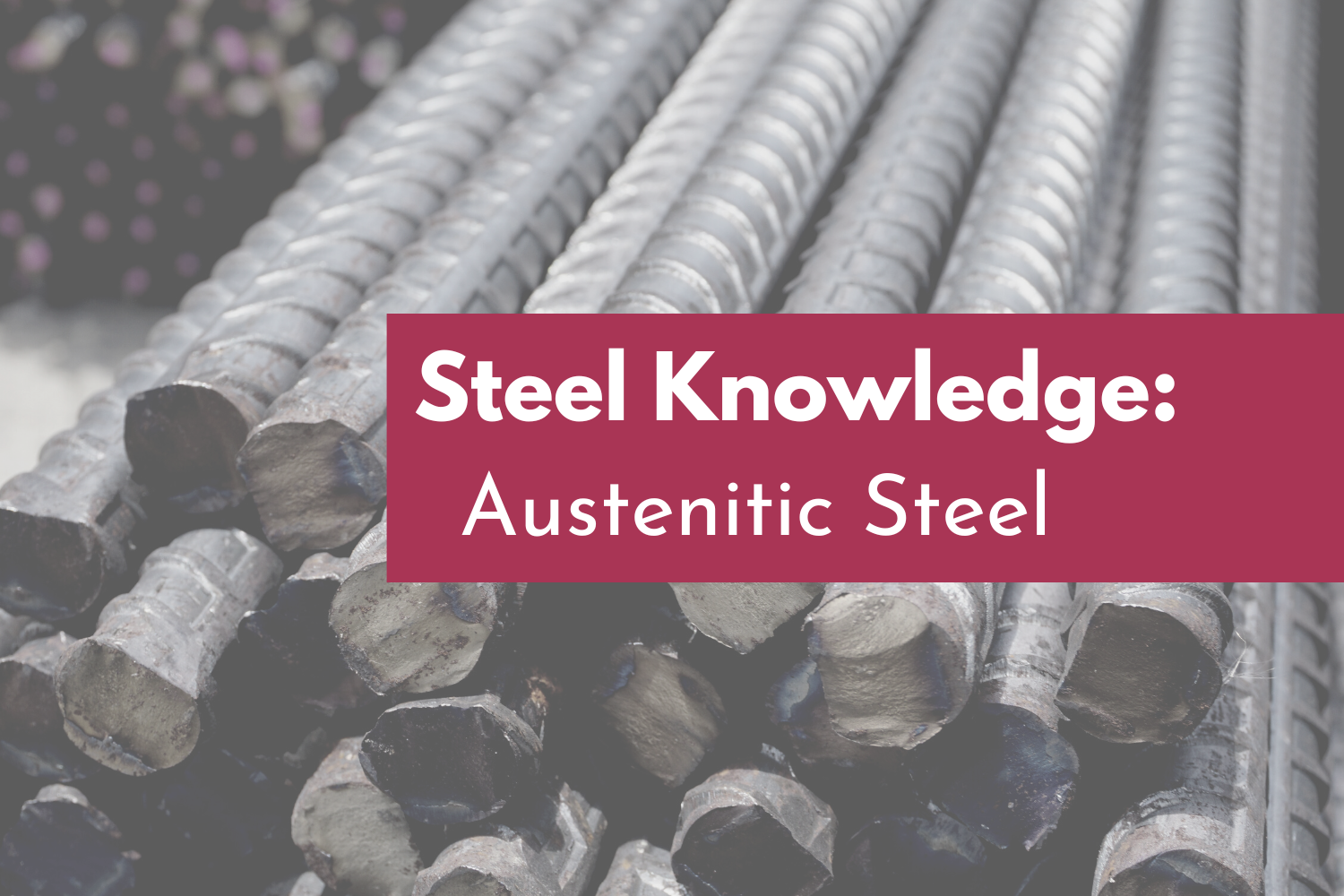Despite a metal being stainless, if it is not properly maintained, all steel can rust. Chromium in high concentrations reduces hardness. Chromium boosts wear resistance because it forms carbides. Sadly, it is generally never stated how much free chromium is present in the steel.
Engineering materials generally have a non-homogeneous nature, which is exacerbated in this case by the interaction between chromium and carbon since chromium carbides do not have the same passivation impact as pure chromium.
Even though these carbides may enhance the material's mechanical characteristics, they frequently develop near grain boundaries, partially or entirely depleting chromium's intergranular area.
This has two direct outcomes: Creating an electric potential difference between the depletion and carbide area, which causes galvanic coupling and subsequent galvanic corrosion. The resultant effect makes these intergranular areas highly susceptible to corrosion.
Corrosion Process and Sensitization Heating Rate
The dispersion of carbon is homogeneous when an austenite stainless steel alloy is subjected to heat at temperatures of 1000°C (1832°F) or higher. However, if we heat the steel to lower temperatures, such as between 425 and 875 °C (797 and 1607 °F), carbon tends to migrate along the crystalline structure, boosting the local concentration.
As a result, chromium carbides' formation frequently occurs in these carbon-rich spaces, lowering the concentration of chromium in the surrounding environment. The most distinctive carbide created is Cr23C6, which indicates that even at low carbon concentrations, there can be a significant drop in chromium levels nearby.
Chromium concentrations in the afflicted area might readily fall below the minimum needed to form a passive protective cover due to localized depletion.
This process happens near grain boundaries or along them, causing localized corrosion damage that is accelerated further by the potential difference. In particular, metallic grains are the vast cathodic zones, while grain borders are the opposite, much smaller anodic areas. As a result, a highly rapid and intense damaging mechanism allows corrosion to permeate deep into the material's interior.
Although sensitization temperatures vary, ferrite stainless steels can nevertheless experience intergranular corrosion. In ferrite steels, chromium reduction occurs at temperatures above 925°C (1697°F). But in this case, the temperatures linked to austenite sensitization are acceptable for the material (ferrite alloy) if it is exposed for a short period of time. A duration of less than an hour will make the steel regain its corrosion resistance.
Intergranular Corrosion's Effect
It is crucial to remember that sensitization has little effect on the material's physical behavior. A modest rise in hardness and decrease in flexibility occurs after the drop in the chromium concentration, which is expected when such components are added to the alloy.
However, the damage can be significant if the structure or afflicted part is in a corrosive media. This corrosion can quickly lead to failure by significantly reducing the local mechanical characteristics.
For instance, it could take up to months for a failure to happen if intergranular corrosion occurs in a slightly corrosive medium, like a maritime environment. However, it may take hours if the corrosive atmosphere is more severe and the temperature increases.
Due to greater sensitization temperatures, intergranular corrosion happens in or around the welded joint in ferrite alloys. In contrast, austenite steels have it in the heat-affected zone closer to the building material.
Intergranular Corrosion Prevention and Control
Although this damage mechanism is quite severe, there are several ways to avoid or fix it. Due to their radically varied behavior in this circumstance, measures must be applied selectively to austenitic and ferritic steels.
Applying heat can eliminate the effect or, at the very least, significantly lessen it. The recommended temperature range for austenitic steels is 1050–1100°C (1922–2012°F), followed by quenching or quickly cooling. In this method, the warmth causes the produced carbides to disintegrate, and quick cooling prevents them from rebuilding.
These heat treatments should be carried out whenever there is a chance of corrosion damage, especially after welding.
Surprisingly, the carbon content in an alloy, rather than the amount of chromium, mainly determines intergranular corrosion, so if an alloy has the same amount of carbon as chromium, it will act similarly in this approach.
Another specific preventative measure is adding alloying components with a stronger affinity for carbon than chromium. Due to their increased affinity for carbon and tendency to interact with it first, the addition of titanium or niobium can stop the development of chromium carbides.
However, it should be emphasized that intergranular corrosion may occur in other metals, such as aluminum, although it is not related to chromium in that event.
What Primary Care Instructions Apply to Blades Made of Stainless Steel?
- Always rinse blades with simple water after touching food, cleaning agents, or other steels.
- After use and cleaning, ensure blades are thoroughly dried; they shouldn't be left in touch with fluids or solutions for very long.
- Limit contact between the knife and washers, bolts, and other objects made of different steel. Use spacers, bushings, and rubber or plastic sleeves to reduce localized corrosion risk.
- Store knives to avoid touching other metals or alloys, such as by not hanging them on galvanized hooks or nails, placing them directly on steel racks, or keeping them away from work areas that involve metalworking. Keep knives in a tidy, secure location away from processing facilities or metal fabrication activities when not used.
Conclusion
For stainless steel, the relationship between corrosion and wear resistance is the opposite. Higher quantities of carbon promote wear resistance, whereas higher levels of chromium boost corrosion resistance. When one element (chromium vs. carbon) is added to stainless steel, the other usually suffers.




